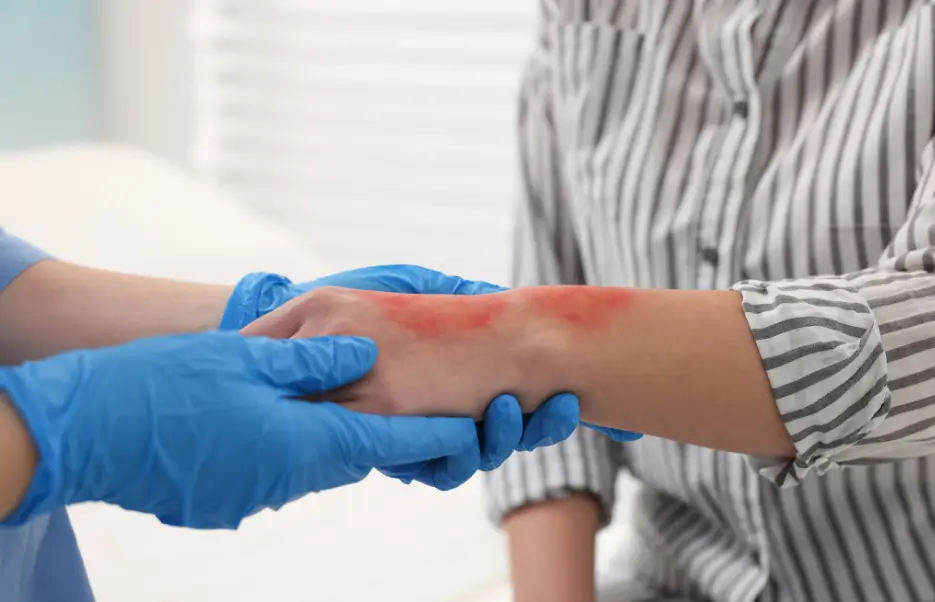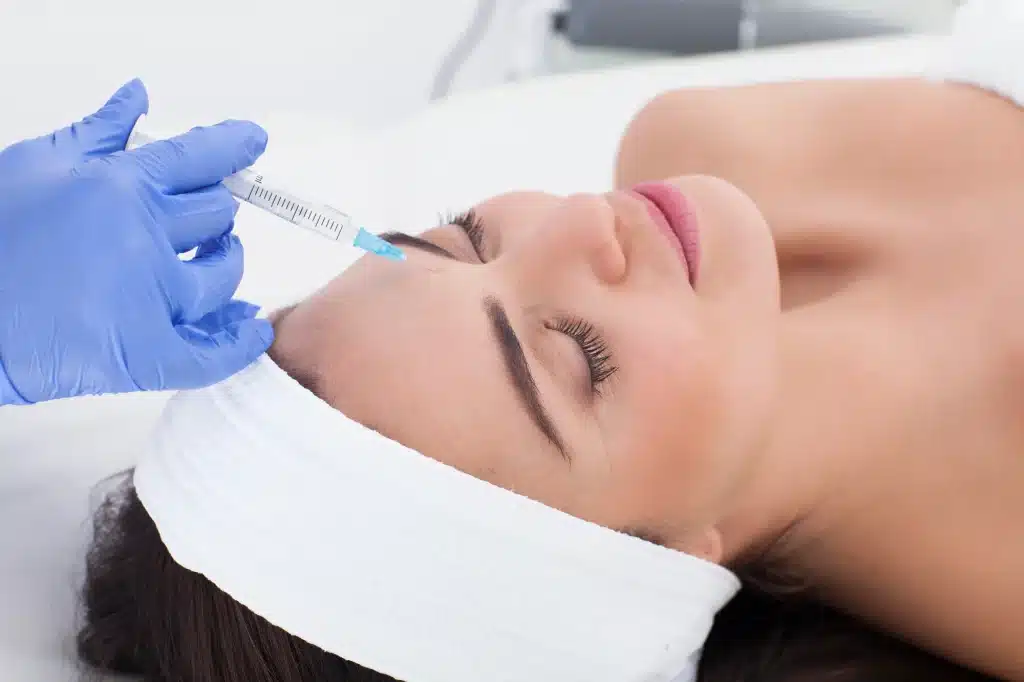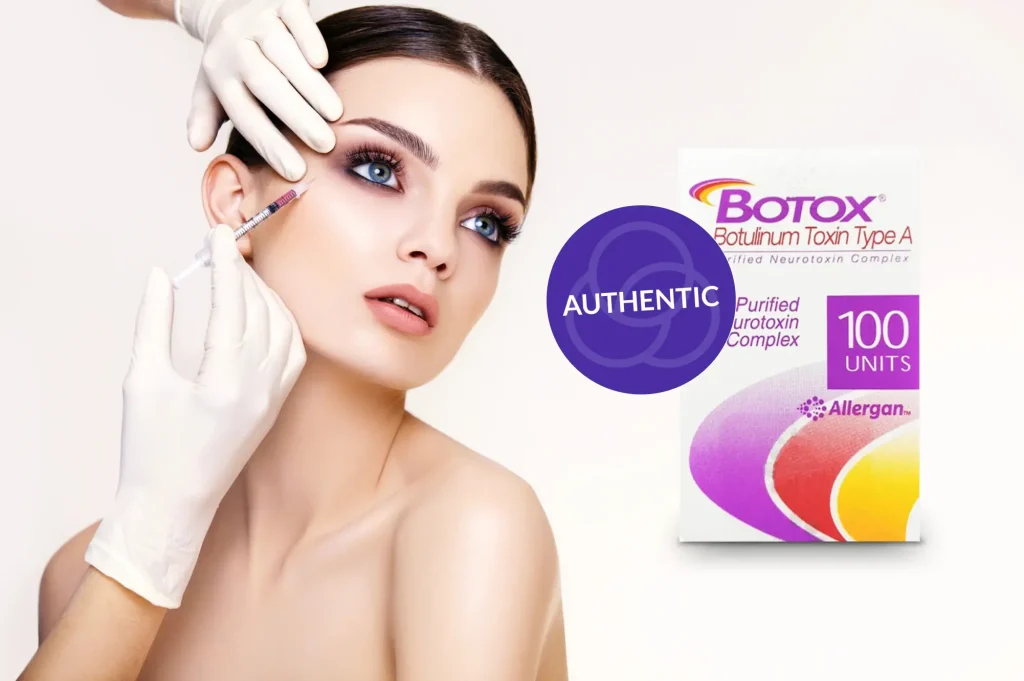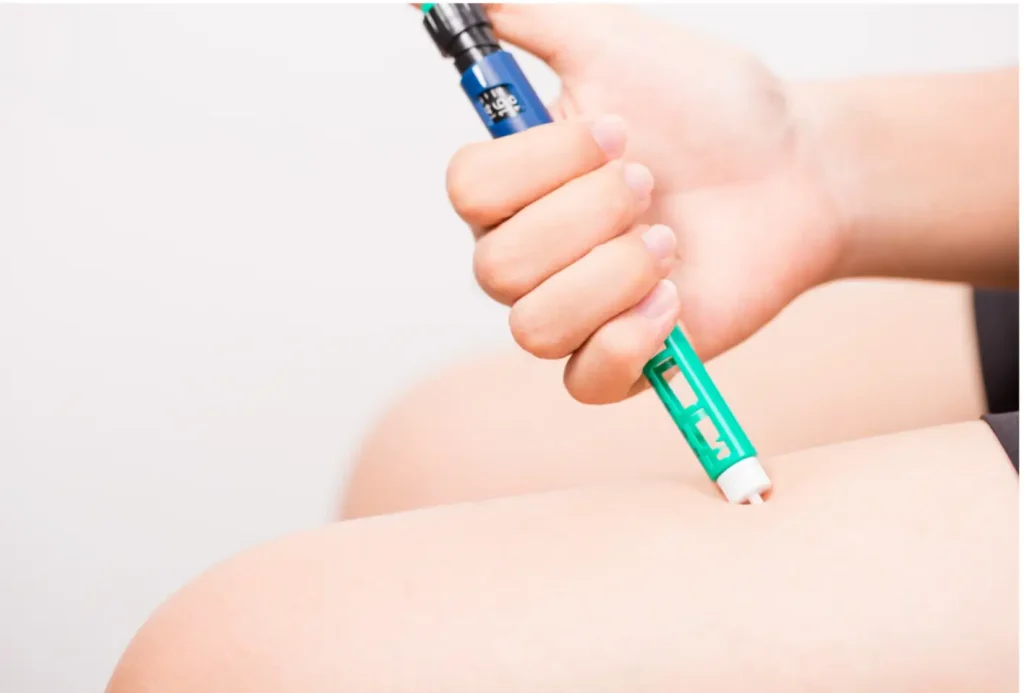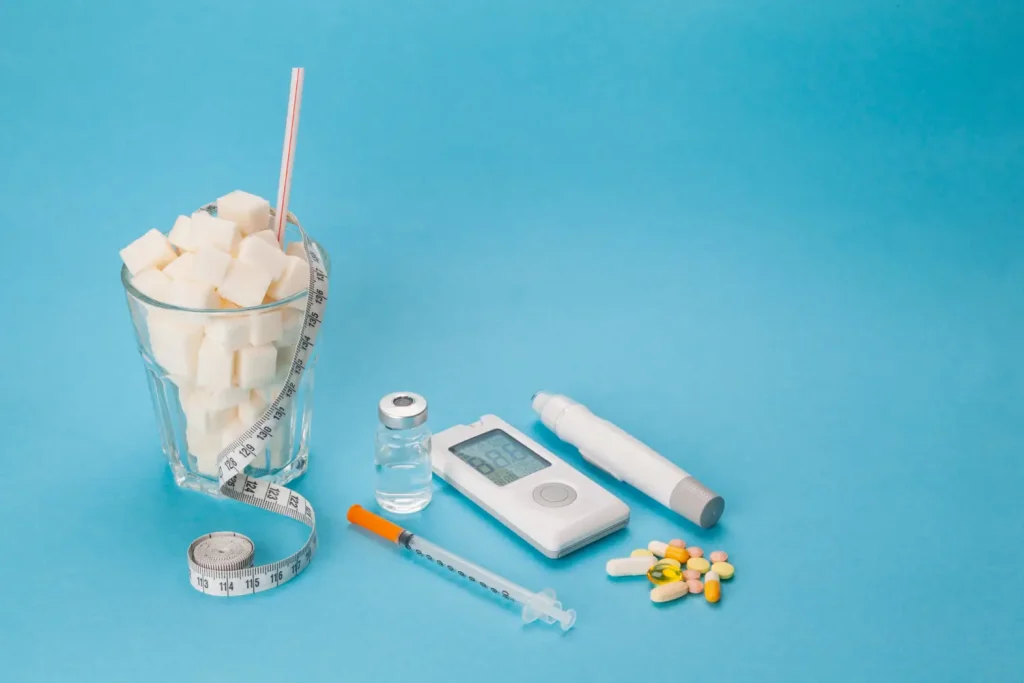Did you know that burned skin can absorb medications up to ten times more than healthy skin? This increased permeability, highlighted in a 2018 study on transdermal drug delivery, means that topical treatments may behave very differently (and sometimes dangerously) on damaged skin.
One common topical anesthetic is EMLA cream, a blend of lidocaine and prilocaine, used to numb intact skin before minor procedures. But when the skin is burned, its use becomes more complex.
In this article, we’ll explore whether it’s safe or risky to apply EMLA cream on a burn, what current clinical guidance says, and how to manage pain relief effectively without increasing the risk of complications.
Key Takeaways
- EMLA cream is approved for use on intact skin only and is commonly used before procedures like injections, blood draws, and laser treatments.
- Applying EMLA to burned or broken skin can lead to rapid absorption of lidocaine and prilocaine, increasing the risk of systemic toxicity and serious side effects.
- The product is contraindicated for burns, ulcers, or any non-intact skin due to safety concerns related to uncontrolled drug absorption.
- In rare and closely supervised clinical settings, off-label use of EMLA on superficial burns or graft donor sites may be considered, but only with strict limitations on amount and duration.
- Risks of improper use include methemoglobinemia, delayed healing, allergic reactions, and worsening pain or irritation.
- Safer alternatives include silver sulfadiazine cream, aloe vera gel, lidocaine-based burn gels, hydrogel dressings, oral pain relievers, and cool water compresses.
- If unsure about treatment options, especially for children, always seek advice from a healthcare provider before applying any topical medication to a burned area.
About: Medical Spa RX provides medical practices with premium products at the best prices. If you’re looking to buy EMLA Cream online for your practice, the sales representatives at Medical Spa RX can give you guidance.
Why EMLA Is Approved for Intact Skin and Not Open Wounds
EMLA cream is a popular topical anesthetic that blends lidocaine and prilocaine to safely numb the skin before minor medical procedures like injections, blood draws, and laser treatments. It works by gradually penetrating through intact skin, allowing for controlled and predictable absorption.

But when it comes to burns, the situation changes. Burned or damaged skin loses its protective barrier, causing medications to be absorbed more rapidly or unpredictably into the bloodstream.
This can lead to unsafe levels of drug exposure, especially if the area treated is large or the cream is left on too long. That’s why regulatory guidelines clearly state that EMLA is contraindicated for use on burns, ulcers, or any area where the skin is not intact.
These restrictions help prevent toxicity and ensure that EMLA cream dosage remains within a safe and effective range.
Clinical Scenarios Where EMLA May Be Used Off-Label for Burns
Although not officially approved for burn care, EMLA cream has been used off-label in specific, controlled clinical settings. These cases are rare and always involve close medical supervision, with the goal of balancing pain relief with safety. Some examples include:
- Superficial first-degree burns, such as minor scalds or sunburns, where the top skin layer remains mostly intact.
- Donor site preparation for skin graft procedures in burn patients.
- Pediatric care, where the goal is to reduce extreme anxiety during dressing changes, provided the skin is only mildly compromised.
- Partial wound debridement or cleaning of healing burn sites, typically done by experienced healthcare providers.
In these instances, the amount and duration of EMLA use is strictly limited, and the patient is monitored for adverse effects. While this off-label use may offer short-term pain relief, it’s not intended for everyday use or home treatment.
Risks of Using EMLA on Burned or Damaged Skin
Using EMLA cream on broken or burned skin carries significant risks. Normally, the skin controls how much of a topical medication enters the body. When that control is lost—like in a burn injury—there’s a much higher chance of the drug entering the bloodstream at unsafe levels.
Key risks include:
- Systemic Toxicity: Increased absorption can cause symptoms like drowsiness, dizziness, irregular heartbeat, or in severe cases, seizures.
- Methemoglobinemia: A rare but serious condition where prilocaine interferes with oxygen transport in the blood, especially risky for infants, anemic patients, or those with blood disorders.
- Delayed Wound Healing: Some anesthetics may interfere with tissue repair, slowing recovery or increasing the risk of infection.
- Allergic Reactions: Damaged skin is more reactive and may lead to itching, redness, or contact dermatitis.
- Increased Pain or Irritation: Ironically, applying EMLA to a burn can sometimes cause stinging or burning, worsening discomfort rather than relieving it.
Because of these risks, healthcare professionals typically advise against using EMLA on burns unless absolutely necessary and under controlled conditions.
Safer Alternatives to EMLA for Burn Pain Relief
Thankfully, there are safer and more effective options for managing burn-related pain, especially for at-home care. These products are formulated to work on compromised skin and support the healing process while minimizing side effects.
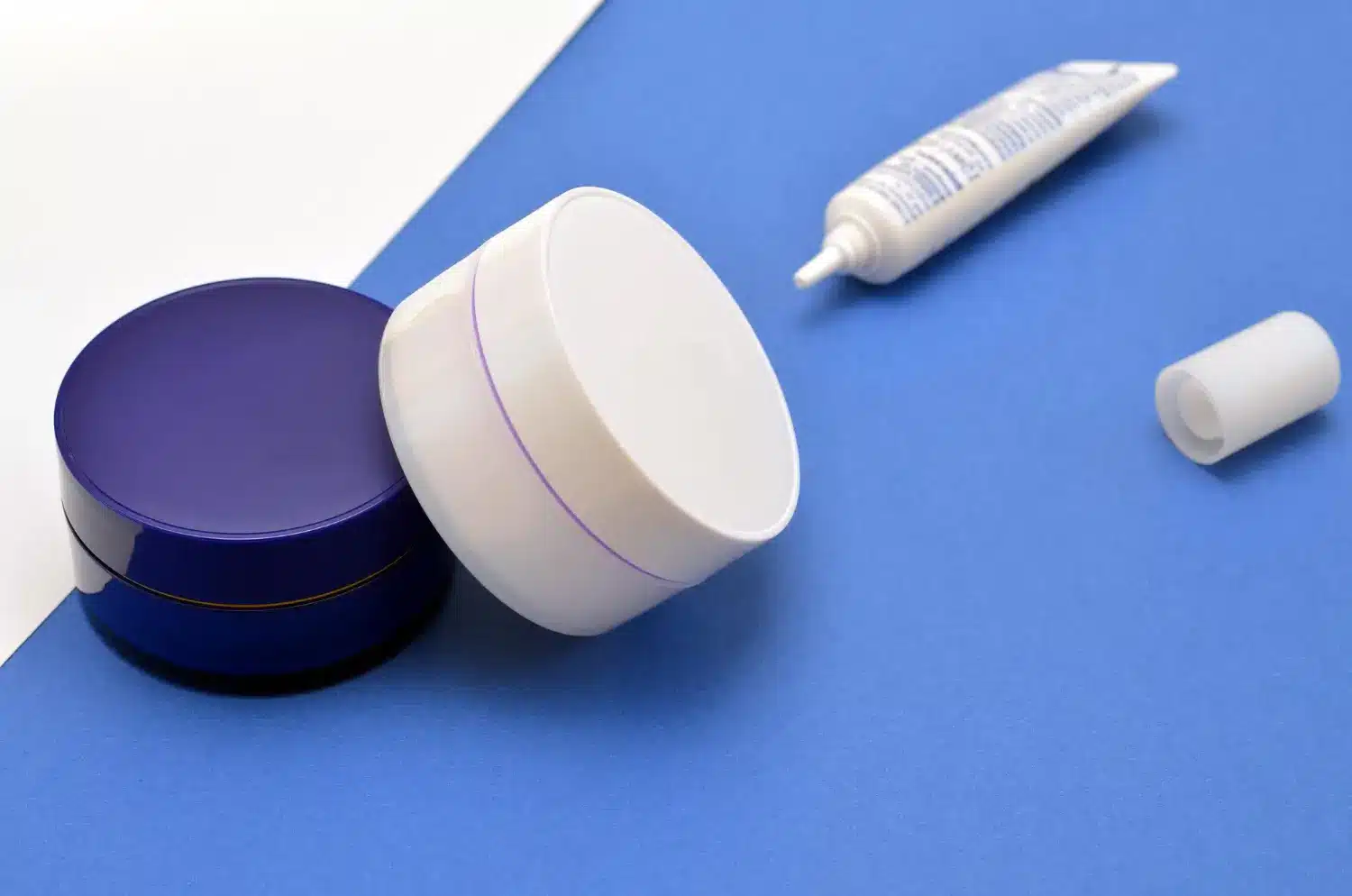
- Silver Sulfadiazine Cream: A go-to treatment for second- and third-degree burns, it helps prevent infection and supports healing.
- Aloe Vera Gel: Ideal for minor first-degree burns, this natural remedy soothes inflammation and cools the skin.
- Lidocaine-Based Burn Gels: Over-the-counter gels with low-concentration lidocaine, designed specifically for minor burns and short-term pain relief.
- Hydrogel Dressings: These advanced dressings cool and hydrate the burn area while offering mild analgesia and speeding up skin regeneration.
- Oral Pain Relievers: Medications like ibuprofen or acetaminophen help reduce pain and inflammation from the inside out.
- Cool Water Compress: One of the simplest and most effective immediate treatments for fresh burns, it helps reduce tissue damage and pain.
These alternatives are often more appropriate than EMLA for use on damaged skin, especially when treatment occurs outside of a hospital.
Conclusion
While EMLA cream is highly effective for numbing intact skin, it’s not designed for use on burns or broken skin due to the increased risk of systemic absorption and side effects. In rare cases, its off-label use may be considered in clinical environments with professional oversight, but it’s not suitable for routine burn care at home.
Instead, opt for products that are specifically formulated for burns. They’re not only safer, but also better at supporting the healing process. And if you’re ever unsure, especially when treating children, always consult a healthcare provider before applying any topical medication to a burn.
FAQs
1. What is EMLA cream used for?
EMLA is used to numb intact skin before minor procedures like needle insertions or laser treatments.
2. Can I use EMLA on a sunburn?
No. Sunburn damages the skin barrier, thereby increasing the risk of absorption. Use aloe vera or a burn-specific treatment instead.
3. Is EMLA safe for children?
Yes, but only in age-appropriate doses and under medical supervision. Overuse can lead to serious side effects.
4. How long does EMLA take to work?
It typically takes about 60 minutes to achieve a full numbing effect on intact skin.
5. Can I apply EMLA on broken skin or wounds?
No. It should not be used on broken skin, open wounds, or burns due to the risk of systemic absorption.
6. Are there side effects to using EMLA?
Possible side effects include redness, swelling, tingling, or, in rare cases, methemoglobinemia and allergic reactions.
7. What should I do if I accidentally used EMLA on a burn?
Wash the area with water and contact a healthcare provider for advice, especially if symptoms appear.
References
Haq A, Dorrani M, Goodyear B, Joshi V, Michniak-Kohn B. Membrane properties for permeability testing: Skin versus synthetic membranes. International Journal of Pharmaceutics. 2018;539(1-2):58-64. doi:10.1016/j.ijpharm.2018.01.029
Rangatchew F, Schoelzer L, Drzewiecki KT, Holmgaard R. EMLA cream in burns: A systematic review of safety, analgesic efficacy and effects on burn pathophysiology. Journal of Plastic Reconstructive & Aesthetic Surgery. 2024;95:386-401. doi:10.1016/j.bjps.2024.04.001

